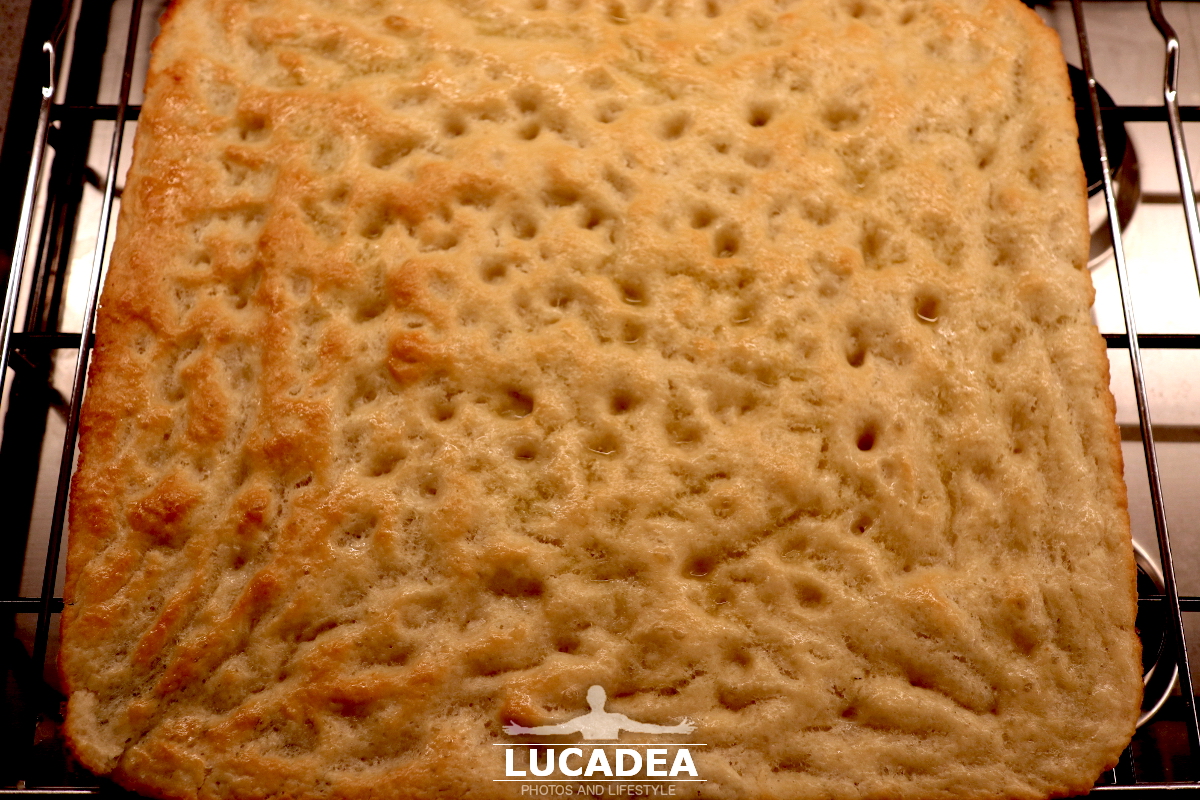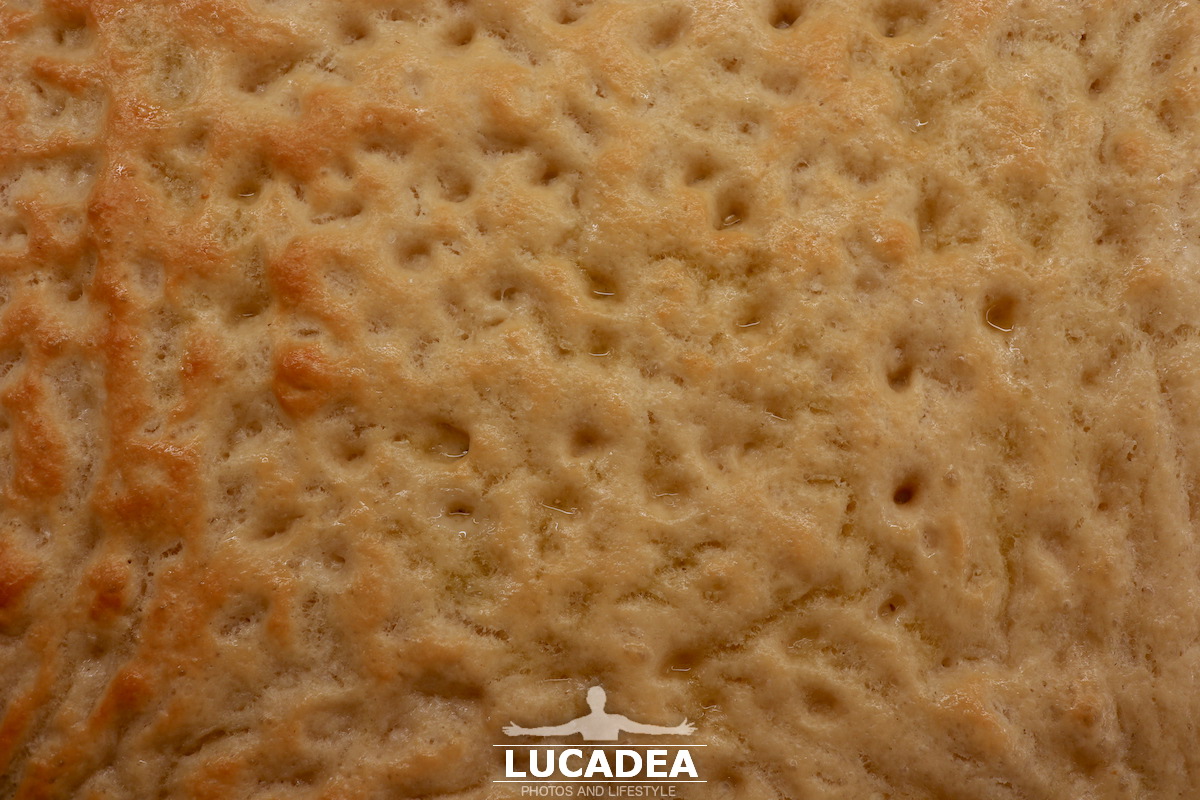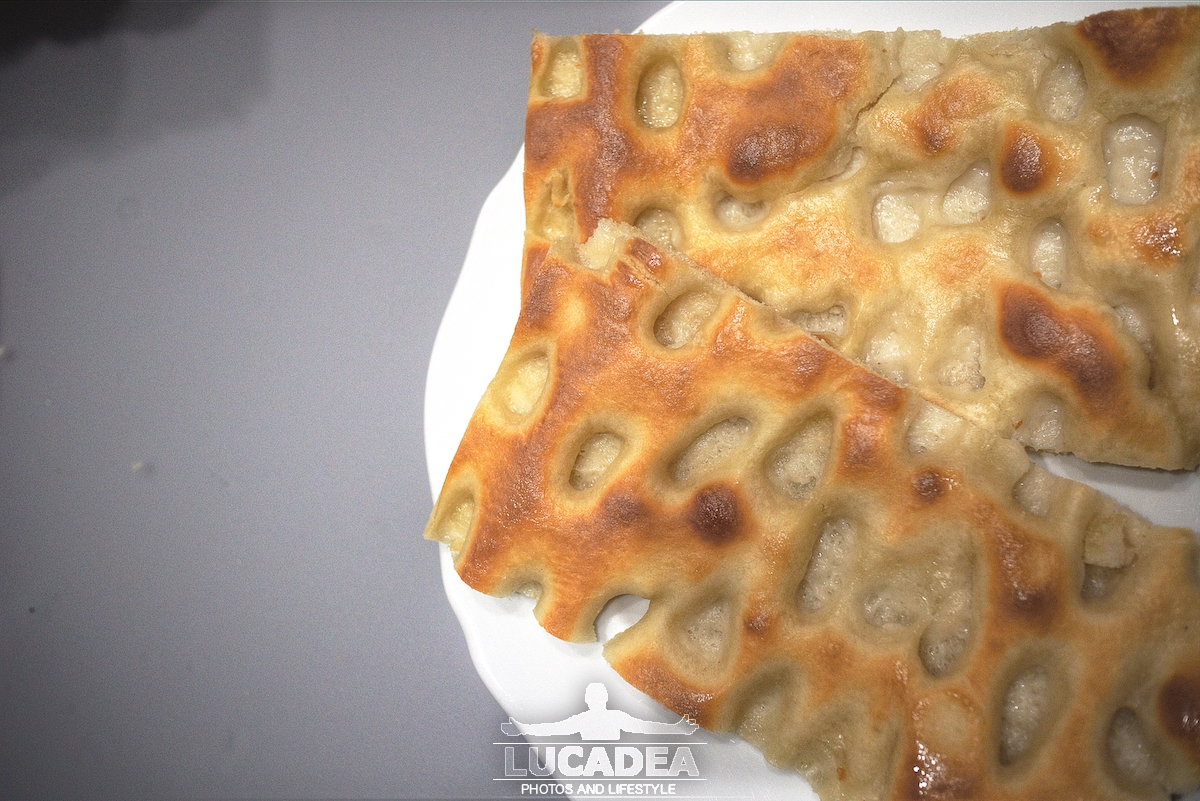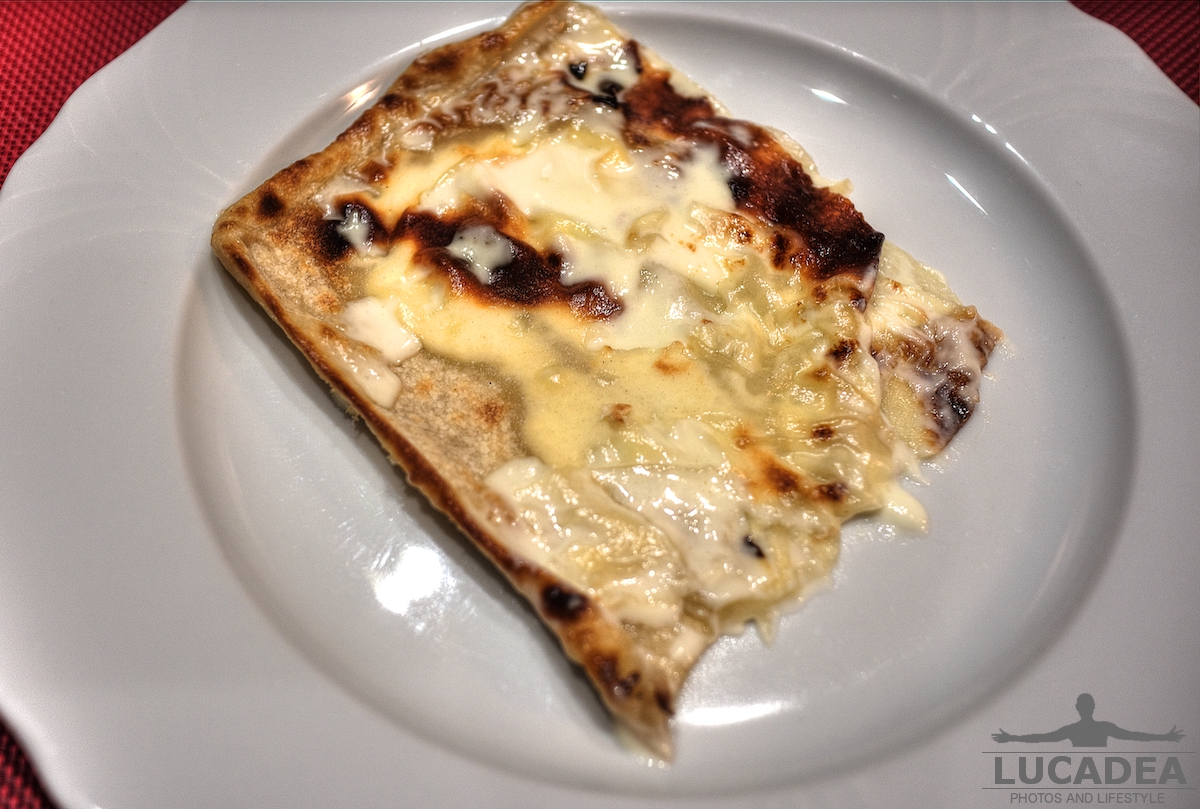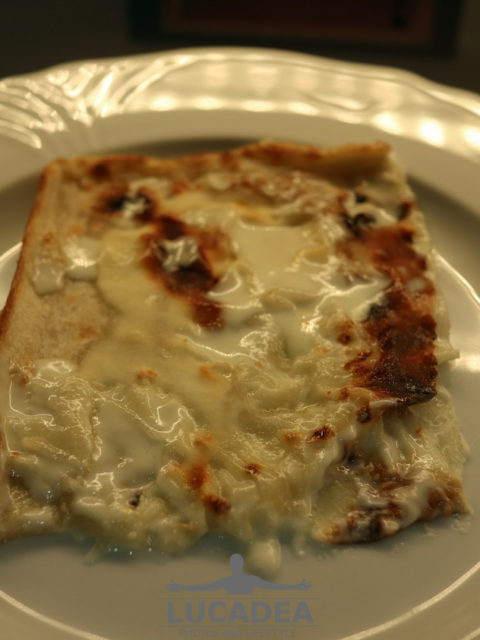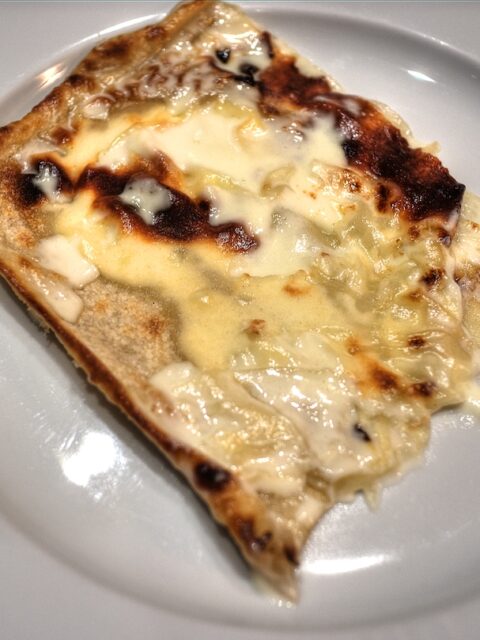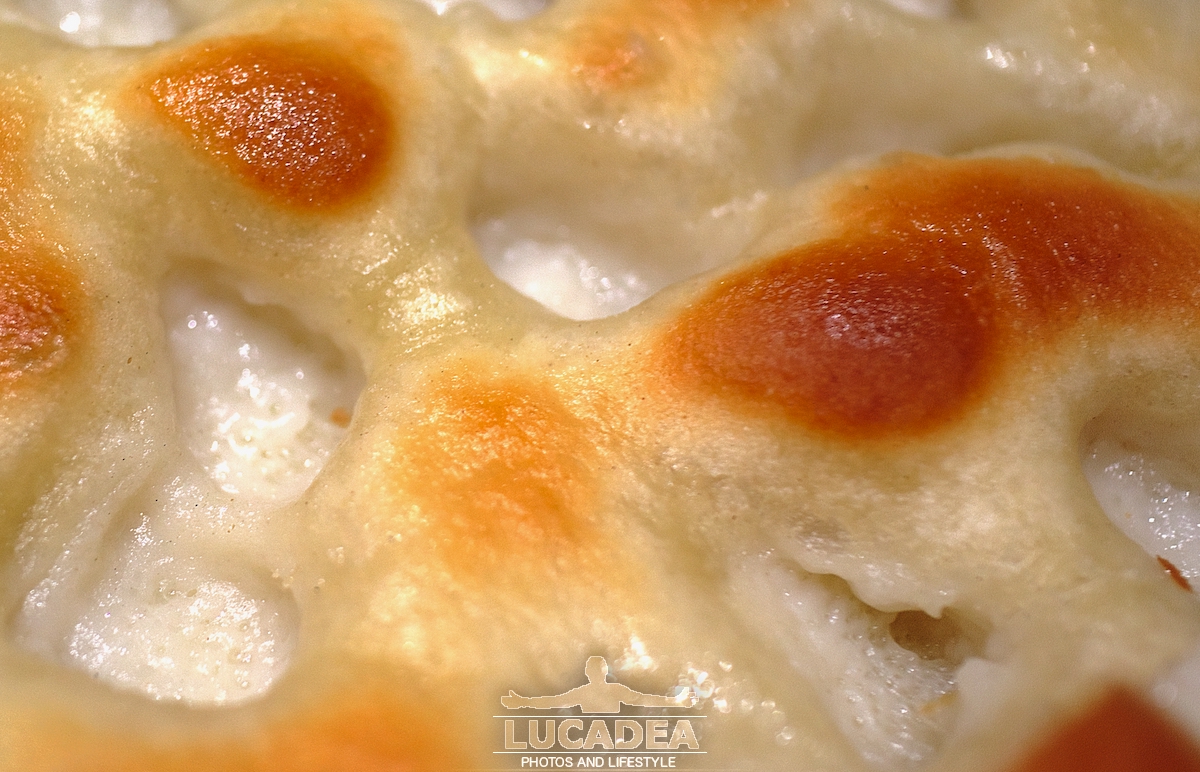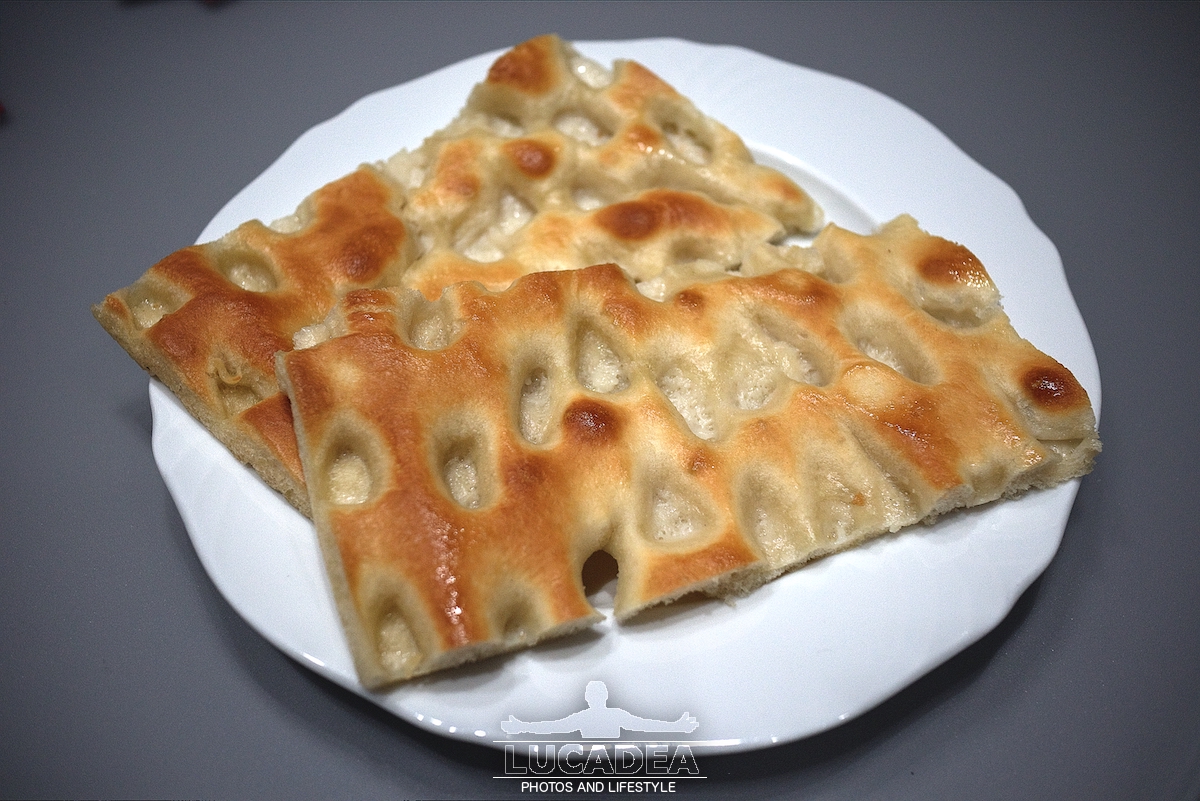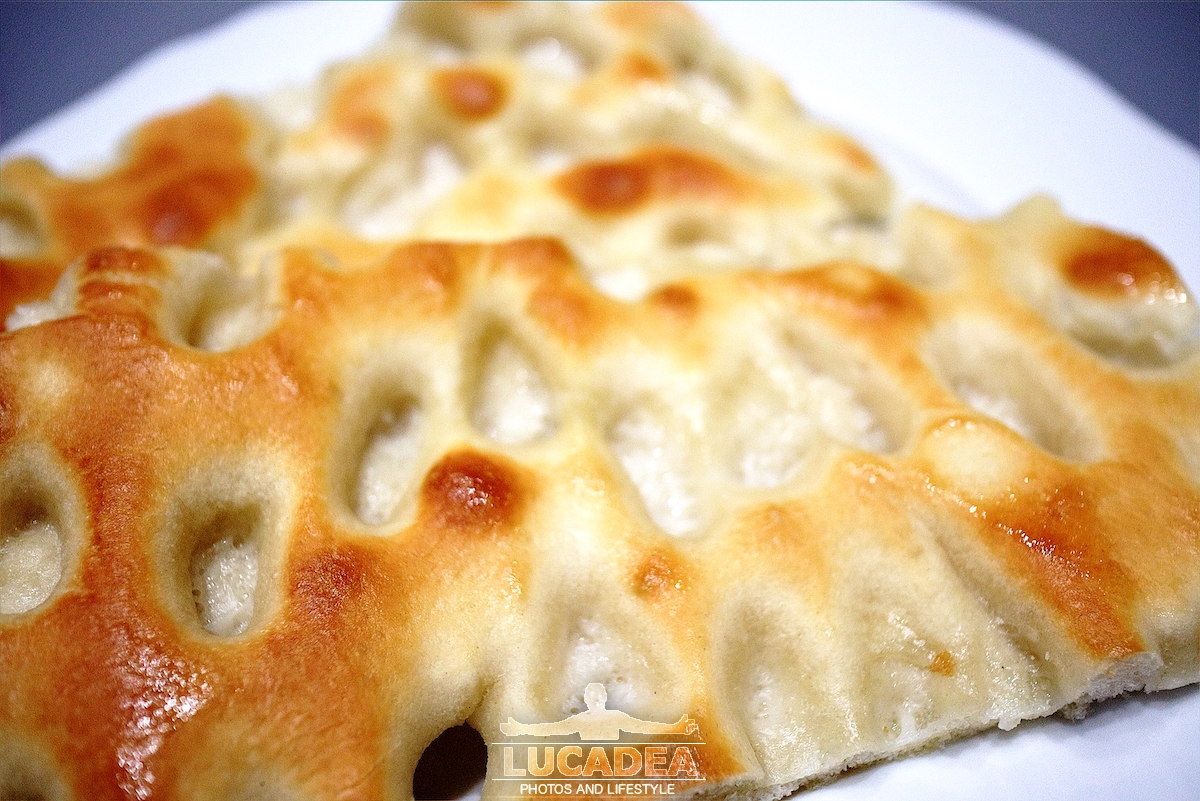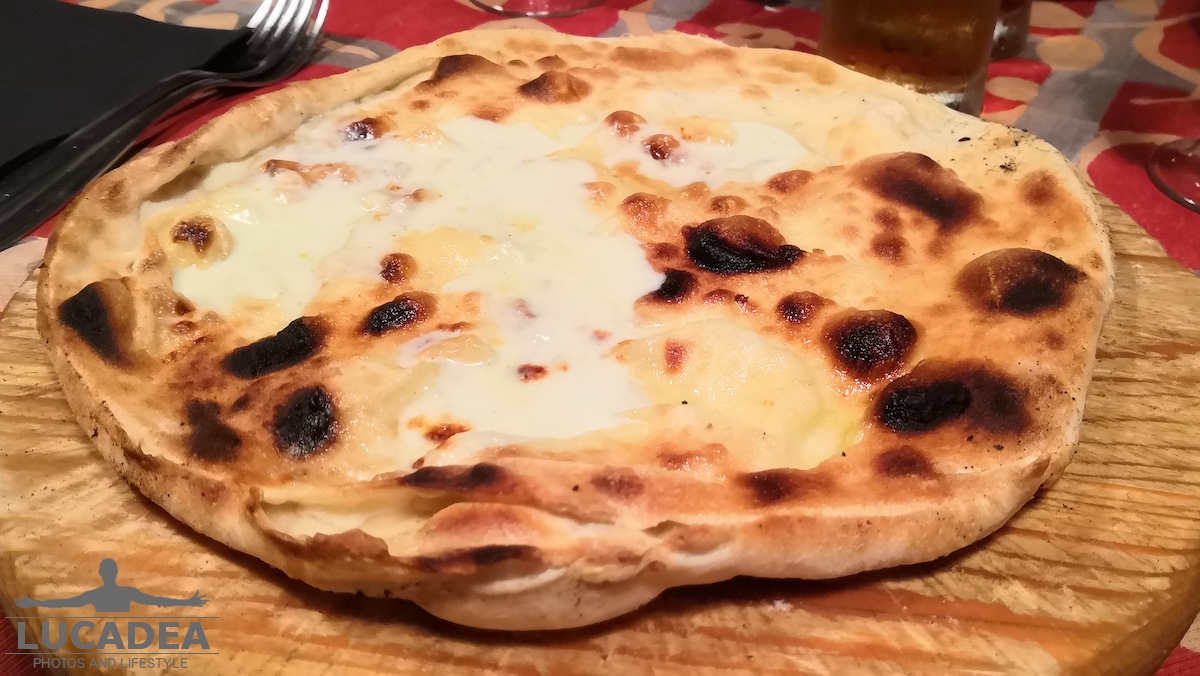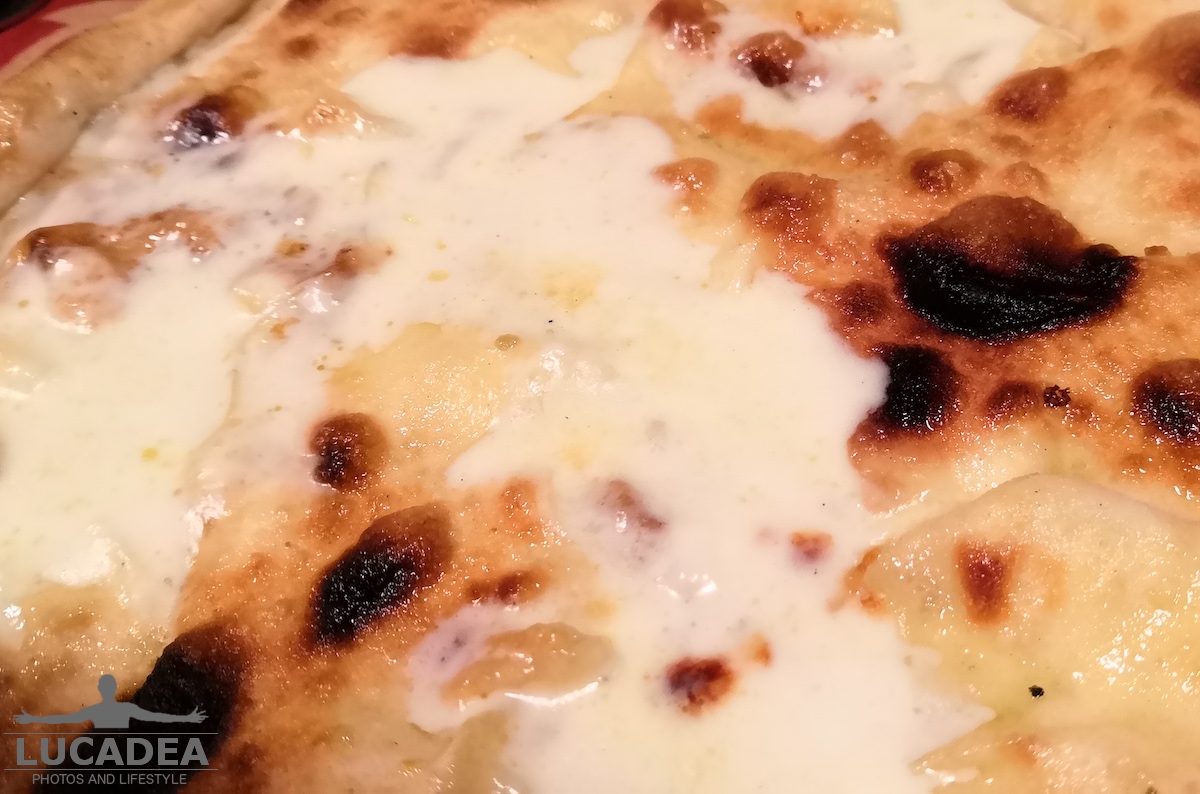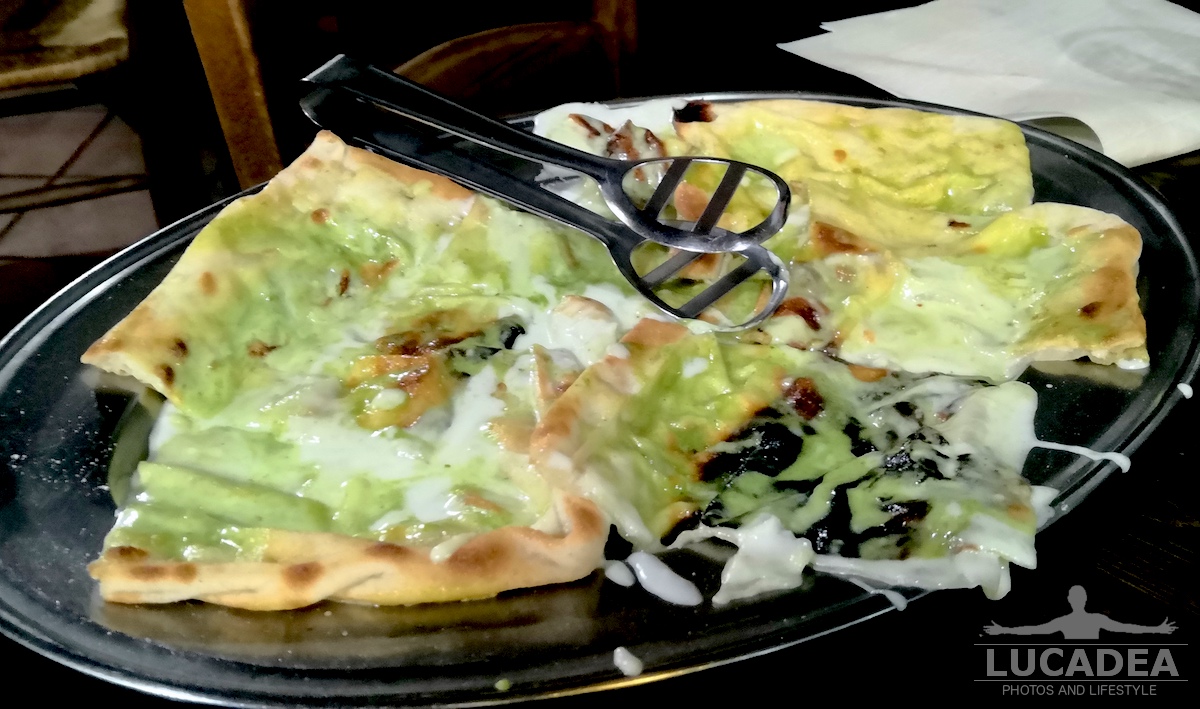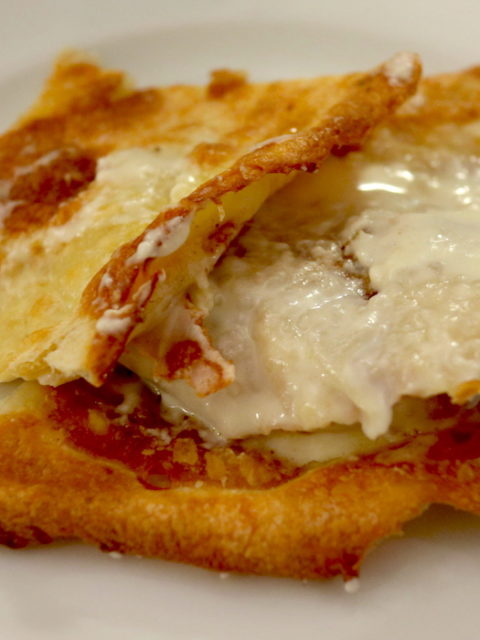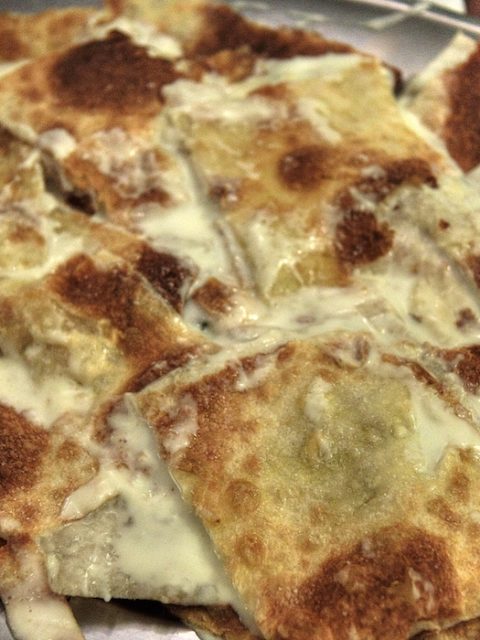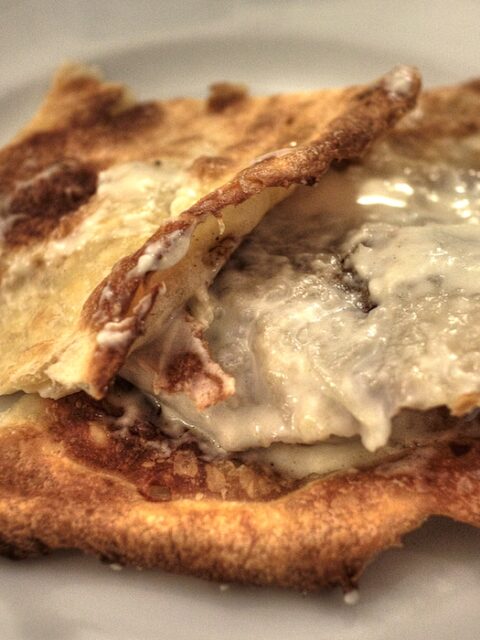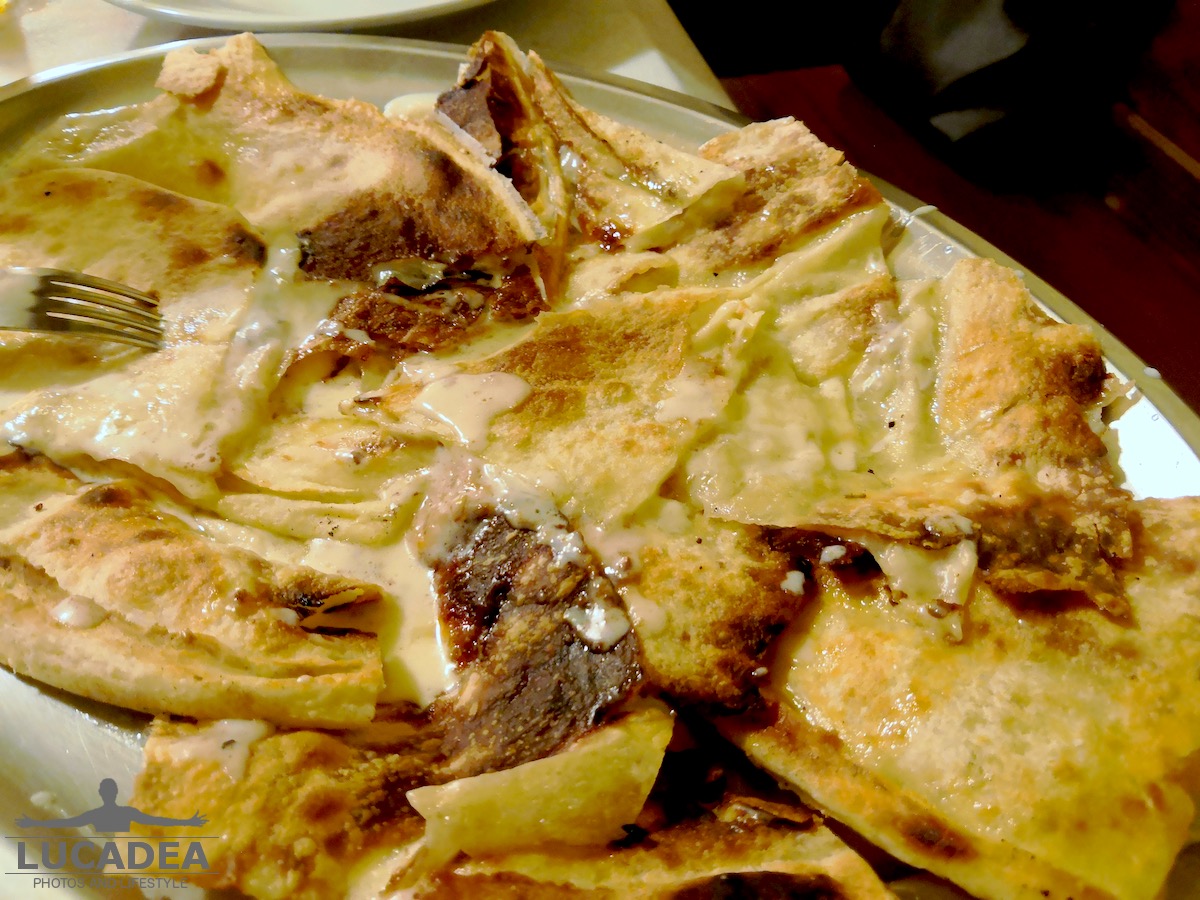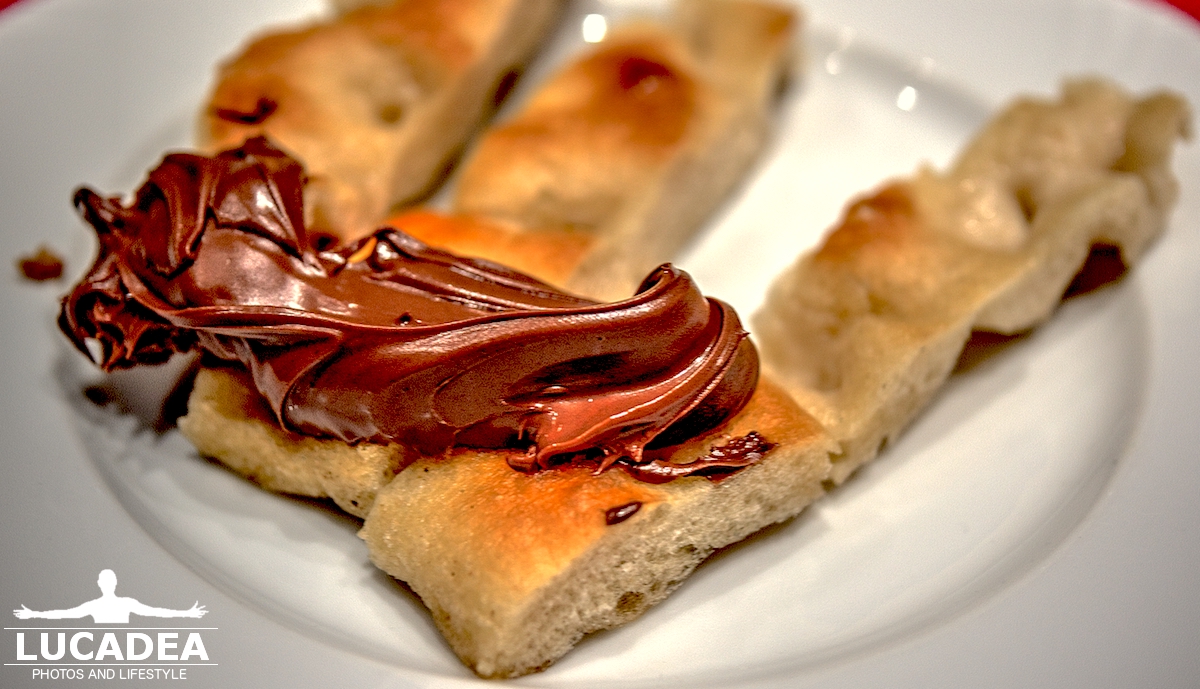Genoese focaccia, the recipe
I have been making focaccia genovese all’olio at home for some time now. More or less once a week I make a nice pan of it and then cut it into little pieces and put it in the freezer for breakfast every day.
The preparation is very simple and the result, without being professionals, is discreet.
The ingredients
– 500 g of flour (I use half 00 and half 0)
– 30 g of extra virgin olive oil
– 1.5 teaspoons of salt
– 15 g of brewer's yeast
– 1/2 teaspoon sugar
– 250 ml of hot water
For the brine:
– 150 ml of water;
– 50 ml of olive oil;
– 1 teaspoon of salt
Preparation
– prepare the dough by combining the flour, oil, yeast (previously soaked in a drop of water and sugar) and water.
– we begin to mix (by hand or with a mixer) until the mixture becomes smooth.
– add the salt and continue kneading until the dough takes on a rubbery consistency and no longer sticks to your hands.
Leavening
– I tried several times to do the leavening in 3 steps (45 min per step as described in almost all the recipes online) but I was never satisfied; then I tried to do the leavening in the refrigerator and the result was better.
– leave the dough in a container at room temperature covered with a sheet of cling film for about 45 minutes (this will make the volume increase by about three times)
– now put the container with the dough in the refrigerator; from 19 to 24 hours; I have never tried more
– take out the dough and spread it evenly in the previously well-oiled baking pan
– oil the dough on the open side too
– place in the oven with the light on (oven off) for 45 minutes or an hour.
– take it out and energetically make holes in the dough, and pour the brine onto the focaccia.
– leave it in the oven again with it turned off for 45 minutes or an hour.
– take it out, turn on the oven and once hot, bake the focaccia at 220 degrees for 15/20 minutes.
Finale
– when the focaccia takes on the classic golden color, take it out of the oven, remove it from the pan and place it possibly on a rack (I use the one in the oven) so that fresh air can circulate under the focaccia too.
– another trick I read is to try to spread the oil and water that have not evaporated on the still hot surface so that the focaccia remains a nice shiny color.
Done! Now, after a few minutes, you can eat it.
Photo taken with Canon EOS M100 and lens Canon EF-M 22.

